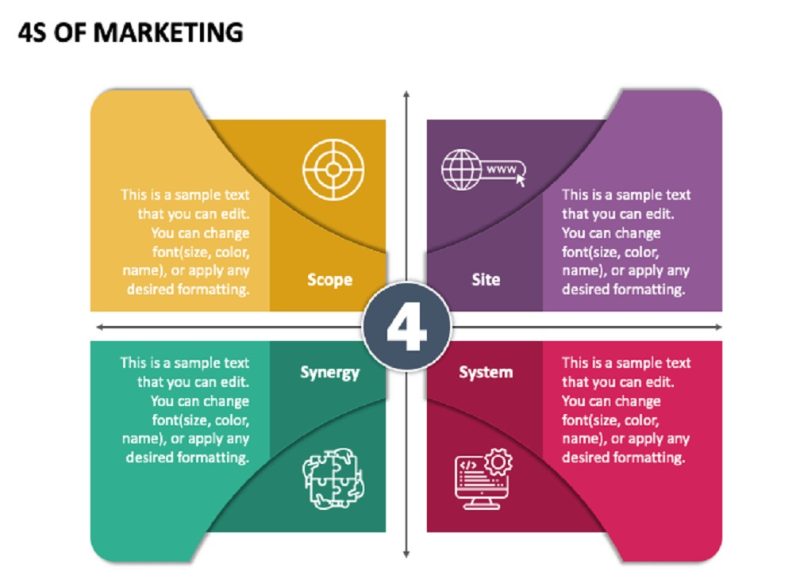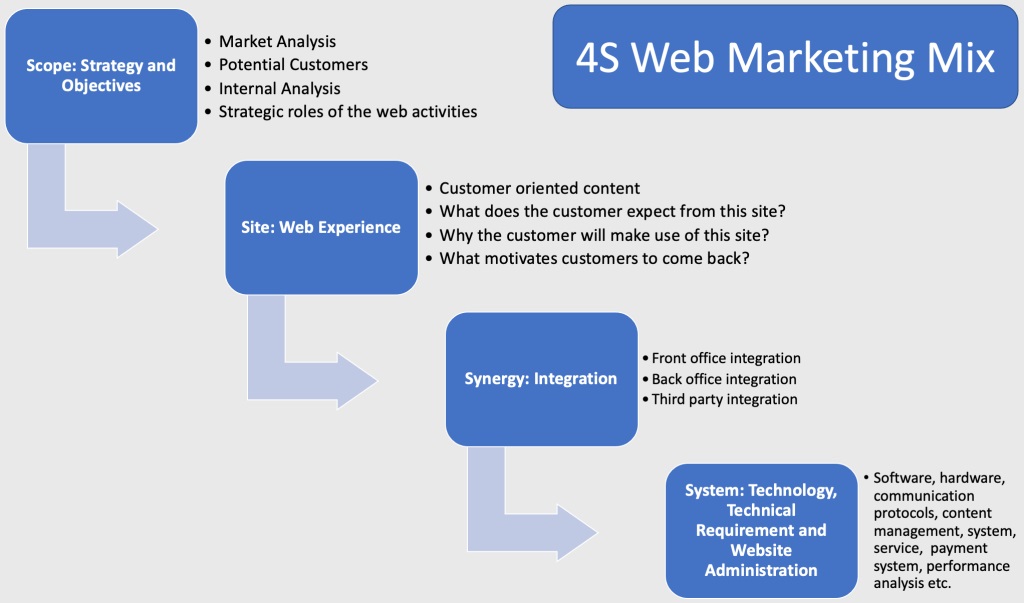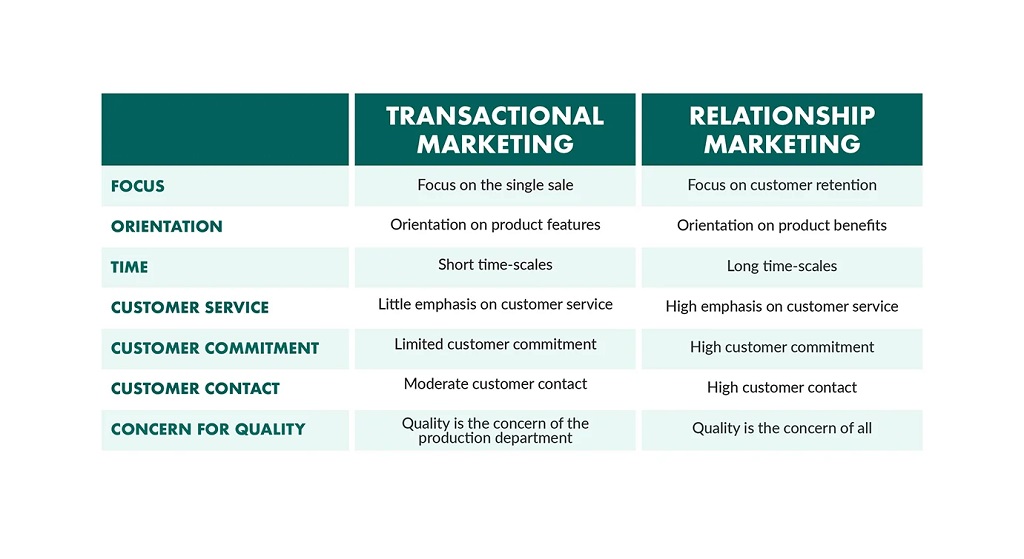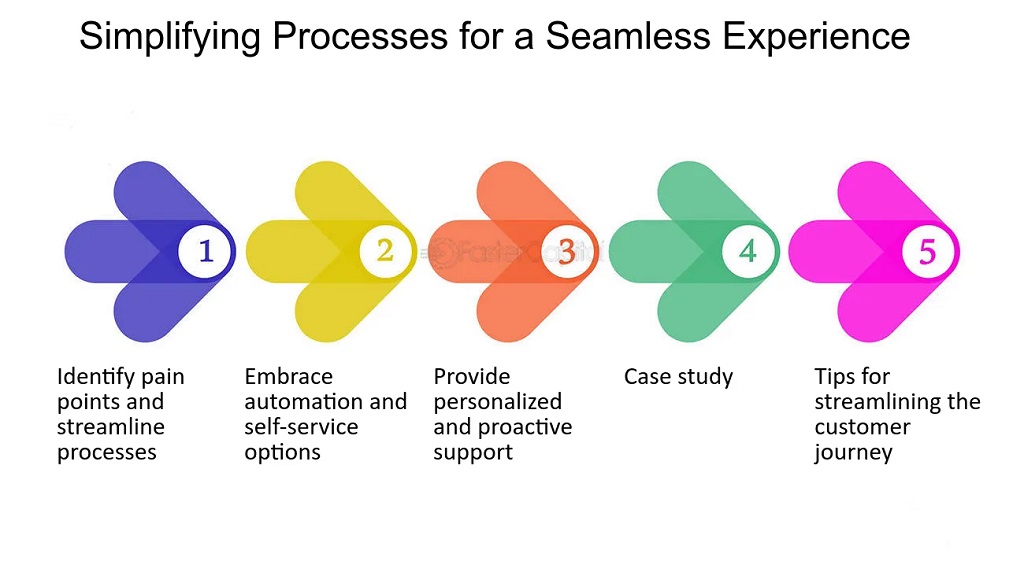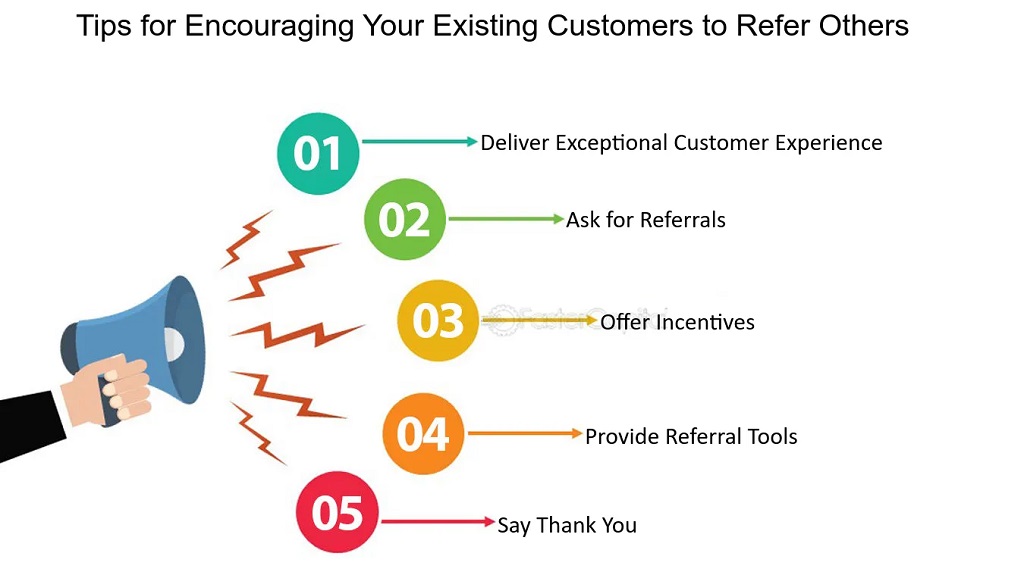Web marketing has evolved dramatically over the past few decades. As technology advances and consumer behavior changes, marketers must adapt their strategies to keep up. Though the tools and tactics may change, the core principles remain the same. All effective web marketing strategies incorporate some variation of the 4 S’s: Selling, Serving, Simplifying, and Sharing. Implementing these four pillars into your approach can help you connect with customers and grow your business in the digital age.
Selling – Creating Value and Converting Customers
The ability to sell is the backbone of any successful business, including web-based ones. However, traditional sales and advertising approaches are often ineffective in the digital space. Modern consumers have endless options and information readily available to them. They don’t respond well to interruptive, invasive ads or pushy sales tactics.
To effectively sell online, you must add value for potential customers by solving their problems and meeting their needs. Some techniques to do this include:
Offer a Clear, Compelling Solution
Take the time to understand your target audience’s challenges and pains. Then, position your product or service as the ideal solution. Ensure you communicate the key benefits you provide in a way that resonates with customers.
Educate and Inform
Today’s buyers like to do their research before making purchase decisions. Providing applicable educational content is an effective way to demonstrate your expertise and build trust. This content should aim to help, not just sell.
Utilize Content Marketing
Content marketing involves creating and sharing valuable, relevant content to attract and retain customers. This content could include blog posts, videos, guides, case studies, and more. Quality content will establish you as an authority and resource.
Promote Benefits Over Features
Rather than boasting about product features, focus your messaging on how you solve problems and improve your customers’ lives meaningfully. Connect with their emotions and pains.
Leverage Data and Testing
Use analytics and split testing to gain insight into your audience and refine your marketing and sales process for better results. Identify sticking points and optimize the customer journey.
By providing genuine value upfront rather than leading with a sales pitch, you become someone prospects want to buy from rather than avoid. Once you’ve established yourself as a helpful resource, customers will more readily trust you and turn to you when they’re ready to purchase.
Serving – Building Relationships and Loyalty
To succeed in web marketing today, you must move beyond simple transactions and focus on serving customers. This means cultivating relationships, exceeding expectations, and building brand loyalty. Some tips for better-serving customers include:
Make It Personal
Use tools like segmentation and CRM systems to individualize messaging and experiences. Personalization has been shown to have a significant impact on conversion rates.
Prioritize Mobile Optimization
With internet usage rapidly going mobile, providing an excellent experience for smartphone and tablet users is essential. This includes site speed, responsive design, and device-friendly content.
Provide Exceptional Service
customers judge companies heavily on the quality of service they provide. Implement features like live chat, messaging apps, and excellent support teams to stand out from the competition.
Foster Community
Building an engaged community around your brand can help strengthen loyalty. Consider creating a forum, user community, or branded social media profiles to connect with customers.
Incentivize Engagement
Loyalty and referral programs, giveaways, exclusive deals, and other special offers can incentivize customers to engage more with your brand rather than just making a one-time purchase. This cultivates relationships.
The more you demonstrate genuine care for serving customers and exceeding expectations, the more they’ll return and refer others. Customer service and relationship building should be priorities, not afterthoughts.
Simplifying – Streamlining the Customer Experience
People are impatient and easily frustrated by complicated experiences online. That’s why simplifying should be a core focus of your web marketing strategies. Think about how you can reduce friction and streamline the customer journey.
User-Friendly Website Design
Ensure your website is well-organized, easy to navigate, and has clear CTAs (calls-to-action). Good information architecture and intuitive UX design make visiting your site a pleasing experience.
Seamless Checkout/Payment
Is your buying/checkout process quick and painless? Adding customer accounts, guest checkout, Apple/Google Pay, and other streamlined options can help minimize abandoned carts.
Quality Site Search
On-site search allows customers to find what they need quickly. Ensure your search is accurate and comprehensive so people can self-serve information.
Consistent Branding
Using cohesive visuals, messaging, and experiences across channels makes things less confusing for customers engaging with your brand across multiple touchpoints.
Transparent Pricing/Fees
Disclose all costs and fees upfront to avoid “bill shock.” Surprises later on can frustrate customers. Be transparent.
The simpler you can make engaging with your brand, the more customers will enjoy the experience. Reduce steps, eliminate surprises, and streamline wherever possible.
Sharing – Encouraging Referrals and Amplification
Finally, intelligent web marketing strategies incorporate an element of sharing. This includes referral marketing, user-generated content, and brand amplification on social media. Advocacy and word-of-mouth from real customers can help propel a brand to new heights.
Referral Programs
Offering rewards and incentives for referrals is a proven way to generate new business. Satisfied customers are often eager to recommend brands they love to others.
Social Media Contests
Contests, giveaways, and hashtag campaigns create fun, shareable moments that engage users publicly with your brand on social media. This builds awareness.
Ratings/Reviews
Positive ratings and reviews establish credibility and trust for potential new customers. Make leaving reviews easy across platforms. Promote and showcase them.
User-Generated Content
User photos, videos, testimonials, and posts help showcase your brand’s value and increase trust. UGC is more powerful than branded content.
Affiliate Marketing
Partnering with influencers and websites related to your industry provides new avenues for sharing your brand with relevant audiences.
When done right, web marketing strategies harness the power of sharing, engagement, and amplification. Satisfied customers can become your best salespeople.
By incorporating some variation of selling, serving, simplifying, and sharing into your web marketing mix, you’ll be on the path to success in today’s digital landscape. Focus on providing value, nurturing relationships, and developing advocates rather than chasing short-term sales. Deliver outstanding experiences fueled by caring customer service and advocacy. Target audiences have high expectations for brands today. Meet and exceed those expectations, and your business will thrive.
Frequently Asked Questions
Q: What is the importance of “sharing” in web marketing?
A: Sharing allows brands to amplify their message and reach through positive word-of-mouth. Encouraging customers to share content and experiences helps build brand awareness and credibility through advocacy.
Q: How can you use content marketing for “selling” without being pushy?
A: Focus on creating genuinely helpful, educational, and engaging content rather than self-promotional. Establish expertise and trust first. Soft-sell only after you’ve provided value upfront.
Q: Why is mobile optimization important for “serving” customers?
A: Mobile is one of the most critical channels today. Optimizing for mobile provides a better experience for most of a brand’s website visitors on smartphones or tablets. It shows you care.
Q: What are some ways to simplify the purchase process?
A: Allow guest checkout, offer Apple/Google pay, maintain consistent branding across channels, minimize steps, and communicate shipping costs/fees. Make it seamless.
Q: How can brands encourage sharing and referrals?
A: Offer incentives, run social contests, make reviews easy, highlight UGC, and partner with influencers and affiliates. Make happy customers advocates.
Conclusion
Implementing the 4 S’s – selling, serving, simplifying, and sharing – provides a well-rounded approach to web marketing. Selling establishes value. Serving builds loyalty. Simplifying removes friction. Sharing creates advocacy. Combined, these pillars help you engage and convert audiences in the digital space. With technology advancing rapidly, leveraging Business Intelligence is crucial for focusing marketing efforts on understanding and addressing human needs with precision and relevance. Solve problems, build relationships, and nurture community. By putting customers first with helpful content and caring service, you can succeed at web marketing in today’s consumer landscape.

